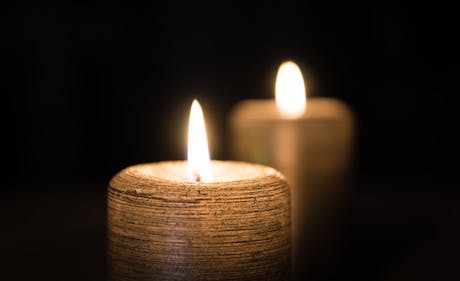[ad_1]
How?
For an overview, notice how you feel about the idea of “sacred.” Are there mixed feelings about it? How has the rise of religious fundamentalism worldwide over the past several decades – or the culture wars in general – affected your attitudes toward “sacred”? Have you been told that certain things were sacred in your own life that you no longer believe in? Do you feel you have the right to name what is sacred to you, even if it is not sacred to others? Taking a little time to sort this out for yourself, maybe also by talking with others, can clear the decks so that you can know what’s sacred for you.
In this clearing, there are many ways to identify what is sacred for someone. Maybe you already know. You could also find a place or time that is particularly peaceful or meaningful – perhaps on the edge of the sea, or curled up with tea in a favorite chair, or in a church or temple – and softly raise questions in your mind like these: What’s sacred? What inspires awe? A feeling of protection? Reverence? A sense of something holy?
Different answers come to different people. And they may be wordless. For many, what’s most sacred is transcendent, numinous, and beyond language.
Whatever it is that comes to you, explore what it’s like to open to it, receive it and give over to it. Make it concrete: what would a conversation be like, or what would your day be like, if you did it with a sense of something sacred to you?
Without stress or pressure, see if there could be a deepening commitment to this something sacred. How do you feel about making a sanctuary for it, in your attention and intentions, and in how you spend your time and other resources?
Then, when you do sustain a sense of the sacred, or involve it somehow in some action, sense the results and let them sink into you.
However, it shows up for you. The sacred can be a treasure, a warmth, a mystery, a light, and a profound refuge.
[ad_2]
www.rickhanson.net







